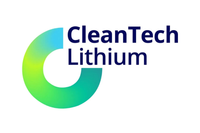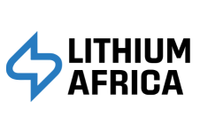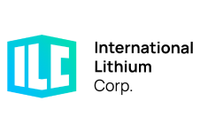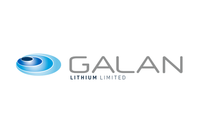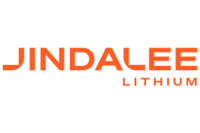World’s Largest Lithium Producer Looking to Expand
The world’s largest lithium producer has indicated interest in the salar concessions for Salares Lithium, resulting in the conversion of over 39,000 Ha of concessions that cover the aerial extent of the brine lake from the current ‘exploration’ concessions to ‘exploitation’ concessions.
Sociedad Quimica y Minera de Chile SA (NYSE: SQM), the world’s largest lithium producer, has indicated interest in the salar concessions for Salares Lithium (TSX-V: SAL). This interest has prompted Salares Lithium to initiate the process to transform over 39,000 Ha of concessions that cover the aerial extent of the brine lake from the current ‘exploration’ concessions to ‘exploitation’ concessions. This response to convert the exploration concessions to the more advanced exploitation concessions was required in order to maintain the legal exclusivity and preference on these concessions. It is also important to note that this upgrading step would eventually become necessary in the production and mining operation development of one or more of the salars.
Salares’ Chief Executive Officer Todd Hilditch demonstrated optimism on the news release, “”Any additional prepatory work we can do now to expedite future possible development is being done. The historic sampling (non NI43-101) completed at our Project and more particularly on the largest brine lake, Salar de La Isla, provided samples that are comparable in grade to current producers. This information, coupled with our geophysics results identifying the presence of sizeable reservoir rock, gives management comfort that advancing to exploitation concessions will save us time in the future”.
Rodinia Minerals Experiencing Organizational Change
Lithium mineral exploration company Rodinia Minerals (TSX-V: RM) announced on Monday that Mr. David Stein has resigned as the Company’s President and Chief Executive Officer. Rodinia’s Board of Directors has appointed William Randall, Rodinia’s Vice President, Exploration as President and Chief Executive Officer.
In the company’s press release, Mr. Stein resigned his post to focus on other business endeavors, including his role as President and Chief Operating Officer of Aberdeen International (TSX: AAB). Mr. Stein will continue to serve as an advisor to Rodinia’s executive and as a director on the board.
Asia to lead $8 Billion Market for Lithium Batteries
On June 1, Pike Research released a report to indicate that Asian manufacturers, which have traditionally dominated the global market for lithium ion batteries in various electronics categories, will continue to lead in both production and consumption as the global market for electrified vehicles grows rapidly over the next several years.
Pike Research anticipates that improved manufacturing efficiencies and expanded access to lithium will halve the installed cost of lithium ion vehicle batteries between 2010 and 2015, to $470 per kWh. The report forecasts that the lithium ion transportation battery industry will grow more than eight-fold in the next five years, with nearly $8 billion in sales worldwide by 2015, up from $878 million in 2010. Total electrified vehicle sales in the Asia Pacific region will reach almost 1.1 million in 2015, more than the U.S. and Western Europe combined. The Asian lithium ion battery market will surpass $4 billion, representing 53 percent of total global sales.
The Chinese Ministry of Finance also released details of its green-car subsidy program designed to boost the nation’s auto industry and cut vehicle emissions. Through the program, subsidies of up to $8,784 will be given to buyers of pure electric vehicles in a pilot program focused on the cities of Shanghai, Changchun, Shenzhen, Hangzhou and Hefei. China has until now mostly supported electric cars with rhetoric although this development could represent an important focal point for lithium investors.
China is already the world leader in lithium ion battery manufacturing, which means it has a head start in putting affordable cells into cars. The Chinese automotive market benefits from low-cost manufacturing generally and vehicles are much cheaper than most models sold in the west. Adding subsidies and paying as much as half the cost of the car, will leverage China’s natural business advantage resulting in a huge jumpstart to the market. The program will be terminated after 50,000 cars are sold; however, it could also be made into national policy simply with a few central committee meetings, compared with the contiguous unresolved partisan issues that impede process in many democratic countries.
With help from Assistant Editor Vivien Diniz
